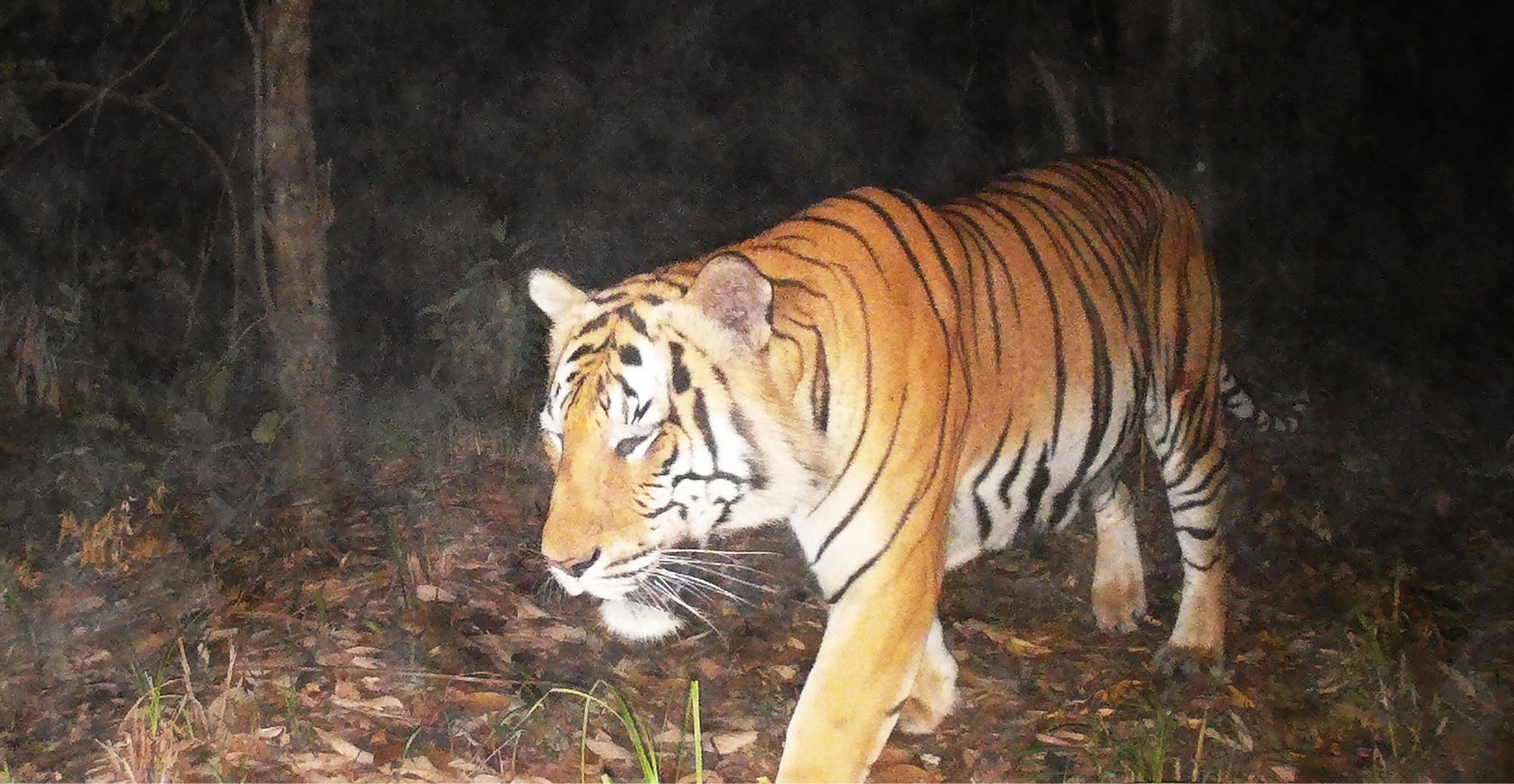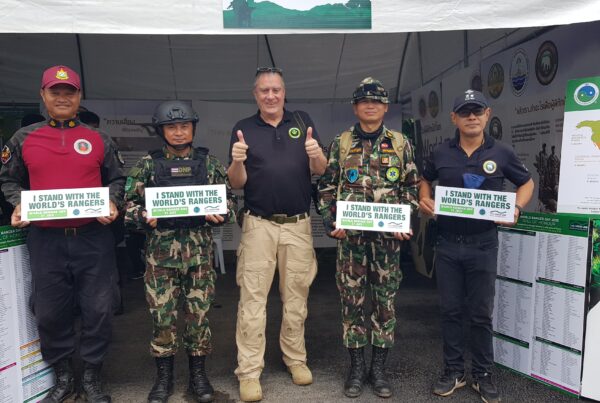The latest wild tiger population estimate in Thailand, released by the Royal Thai Government, is between 179 and 223 individuals as of 2024. This is approximately a 21% increase from the previous estimate in 2022 highlighting Thailand’s leadership in tiger conservation within Southeast Asia.
The Indochinese tiger (Panthera tigris corbetti) is a subspecies of tiger that historically roamed across much of Southeast Asia. Its former range included Vietnam, Laos, Cambodia, Thailand, Myanmar, and parts of southern China. However, due to habitat loss, poaching, and prey depletion, the Indochinese tiger’s range has drastically contracted, and the subspecies is now under threat of extinction.

The largest remaining populations are now confined to isolated pockets in western Thailand and Myanmar, with smaller, fragmented populations in other parts of its former range. In some countries like Vietnam, Cambodia, and Laos, the Indochinese tiger is believed to be functionally extinct, with no recent confirmed sightings in the wild.
 Thailands Tigers
Thailands Tigers
Thailand is currently one of the most important strongholds for the Indochinese tiger. Western Forest Complex (WEFCOM), a network of 17 continuous protected areas, is home to the largest remaining population of Indochinese tigers in the wild.
A recent study has revealed the incredible success of tiger population recovery in Thailand’s WEFCOM. The research was conducted from 2007 to 2023 across three major reserves—Huai Kha Khaeng, Thung Yai East, and Thung Yai West—which together form a core part of WEFCOM.
The study employed advanced photographic camera trap methods to monitor tiger populations. The findings are inspiring: tiger numbers have shown a consistent upward trend in the sanctuaries studied between 2007 and 2023. This recovery has coincided with a significant increase in the population of the tigers’ prey, including sambar deer and various species of wild cattle. The study’s authors credit this success to long-term efforts focused on strengthening systematic ranger patrols with the implementation of the SMART patrol system to curb poaching and on restoring key habitats and water sources.
WildCats Conservation Alliance’s support in WEFCOM
Since 2016 we have supported our implementing partner, Freeland Foundation, on a project in the Khao Laem National Park (KLNP) in Thailand. The park sits south of the three major reserves—Huai Kha Khaeng, Thung Yai East, and Thung Yai West—which formed the study area for the recently published research. Khao Laem is a critical connecting wildlife corridor between these northern WEFCOM reserves and the lower sections of the Western Forest Complex whilst also supporting its own breeding tiger population of approximately 10-12 tigers.
This project has significantly improved conservation measures in KLNP by increasing the capacity of officials who can now conduct thorough tiger population surveys, implement adaptive protection strategies and mitigate human-tiger conflicts. Consequently, Khao Laem National Park is experiencing a recovery of tigers and certain prey species, validated by the continued presence of tigers over the last six years.
In 2024, the project is expanding its efforts to Thong Pha Phum National Park, further bolstering tiger conservation in the region. Our goal remains to contribute significantly towards doubling the national tiger population in Thailand by 2034, ensuring the persistence of Indochinese tigers for future generations. You can help too by donating today!





